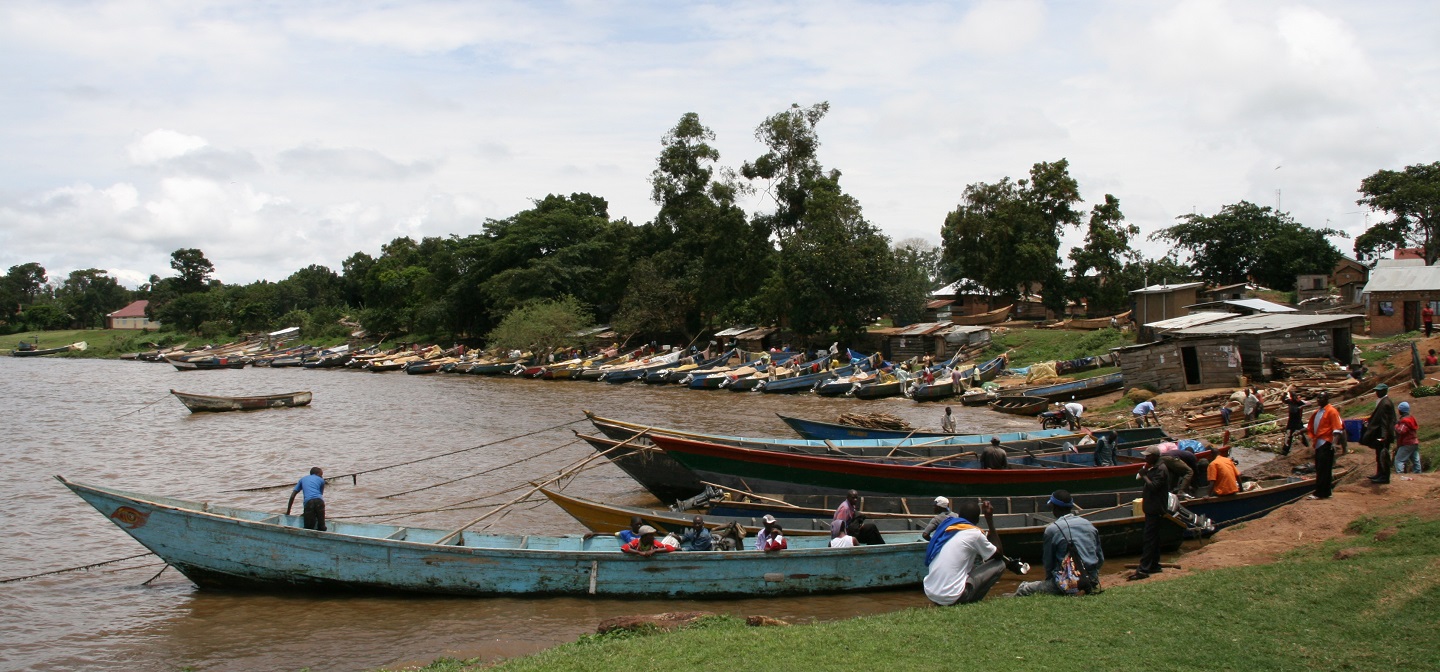Finding the Achilles’ heel of a killer parasite

Schistosomiasis affects 240 million people around the world and is caused by parasitic flatworms known as schistosomes which are found in lakes in tropical areas of Africa, Asia and South America
25 September 2020
Scientists have revealed potential weaknesses in the biology of a parasite that could lead to new treatments for a tropical disease that kills up to 250,000 people every year.
Schistosomiasis affects 240 million people around the world and is caused by parasitic flatworms known as schistosome.
Affecting mostly children in Africa, Asia and South America, schistosomiasis leads to organ failure or parasite-induced cancer.
The long term symptoms of chronic infection can also prevent people from living productive lives.
A new study into the basic biology of schistosomes published in the journal Science on Thursday 24 September has identified vulnerabilities that could lead to new treatments.
The work has been led by Dr James Collins III’s team at the University of Texas Southwestern (UTSW) with Dr Matthew Berriman’s group at the Wellcome Sanger Institute offering genome support and Professor Karl Hoffmann and Dr Gilda Padalino at Aberystwyth University providing key validation experiments.
The parasite that causes this disease has a complicated life cycle that involves stages in both freshwater snails and mammals.
Dwelling in mammalian hosts’ circulatory systems, schistosomes feed on blood and lay copious numbers of eggs, all while causing an array of symptoms including abdominal pain, diarrhea, bloody stool, or blood in the urine.
Larval worms are released from snails into water, where the flatworms then may infect humans by penetrating the skin. Schistosomiasis may become a chronic disease that affects the person for years.
Only one drug, praziquantel, is available to treat this condition.
However, it doesn’t kill all intra-mammalian stages of the schistosome life cycle, and it has a variable cure rate in some endemic settings.
There’s been little interest by pharmaceutical companies in developing new drugs for this disease, because there is no monetary incentive to do so.
Consequently, relatively few studies have been devoted to understanding schistosomes’ basic biology, which might reveal inherent weaknesses that could serve as targets for new drugs.
To that end, Collins and his collaborators embarked on a molecular study to better understand these organisms.
Here, the researchers used functional genomics to characterise the role of about 20 percent of Schistosoma mansoni’s protein coding genes – 2,216 in total. Previously, only a handful of genes in these organisms had been assessed in this fashion.
As part of this study, Professor Hoffmann and Dr Padalino were responsible for confirming the functional genomics findings generated by their University of Texas Southwestern collaborators.
The Aberystwyth team used a unique UK resource comprised of both the S. mansoni lifecycle and high-throughput drug discovery platforms to confirm the importance of key proteins involved in the parasite’s biology.
This information is now being used to progress the discovery of new drugs to combat the disease.
Professor Hoffmann said: “For over 40 years, schistosomiasis has been predominantly controlled by a single drug, praziquantel. Without a vaccine on the horizon, we urgently need to find new drugs in case praziquantel resistance takes hold. For the first time, using combinatorial methods for characterising both gene function and parasite responses at a scale not previously achievable, this study identifies several new starting points for rapidly accelerating our development of urgently-needed therapies. We are incredibly pleased to contribute to such an important public health initiative attempting to improve the lives of millions of people living in the most resource-poor communities on our planet.”
“Large-scale RNAi screening uncovers therapeutic targets in the parasite Schistosoma mansoni” is published by the journal Science.
The work at Aberystwyth University is funded by the Wellcome Trust.



